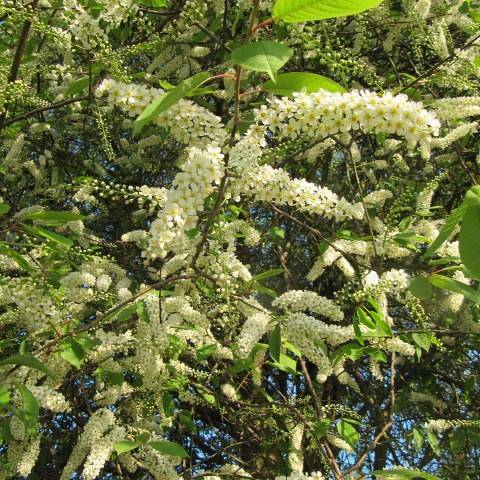
bird cherry
Prunus padus
Cycle:
Perennial
Watering:
Average
Hardiness Zone:
3 - 6
Flowers:
Flowers
Sun:
Full sun,part shade
Soil:
Well-drained
Fruits:
Fruits In Summer Ready In
Leaf:
Yes
Growth Rate:
Low
Maintenance:
Low
Poisonous To Humans:
Yes
Poisonous To Pets:
Yes
Drought Tolerant:
Yes
Thorny:
Yes
Invasive:
Yes
watering
Bird cherry should be watered regularly, but not too frequently. During the growing season, water when the soil feels dry. Allow the soil to dry out slightly between waterings and avoid overwatering. In winter, water only when the soil is dry. A light application of fertilizer every 2 to 3 weeks during the growing season is beneficial.
sunlight
Bird cherry plants prefer sun to partial shade, and require a minimum of 4-5 hours of direct sunlight each day. The plant should be planted in a location that gets morning sunlight and afternoon shade or filtered sunlight. Bird cherries are sensitive to extreme temperatures, and avoid any area that's subject to strong winds or drying summer sun. They thrive best in moist, well-drained soil and thrive when planted in areas which experience day and night temperature variations. When planting Bird cherry trees, it's important to select a site that will receive the correct amount of daily sunlight exposure.
pruning
1. When: Pruning bird cherry is typically done in late winter or early spring, when the trees are still dormant. 2. How Much: Prune lightly to maintain a desired size, but be careful not to prune away too much at once. Remove any dead, diseased, or damaged branches to keep the tree healthy and prevent further damage. Also, prune away any branches that are crossing, rubbing, or competing with other branches for space. Finally, prune away any branches growing excessively in 1 direction or that are growing too low to the ground.
